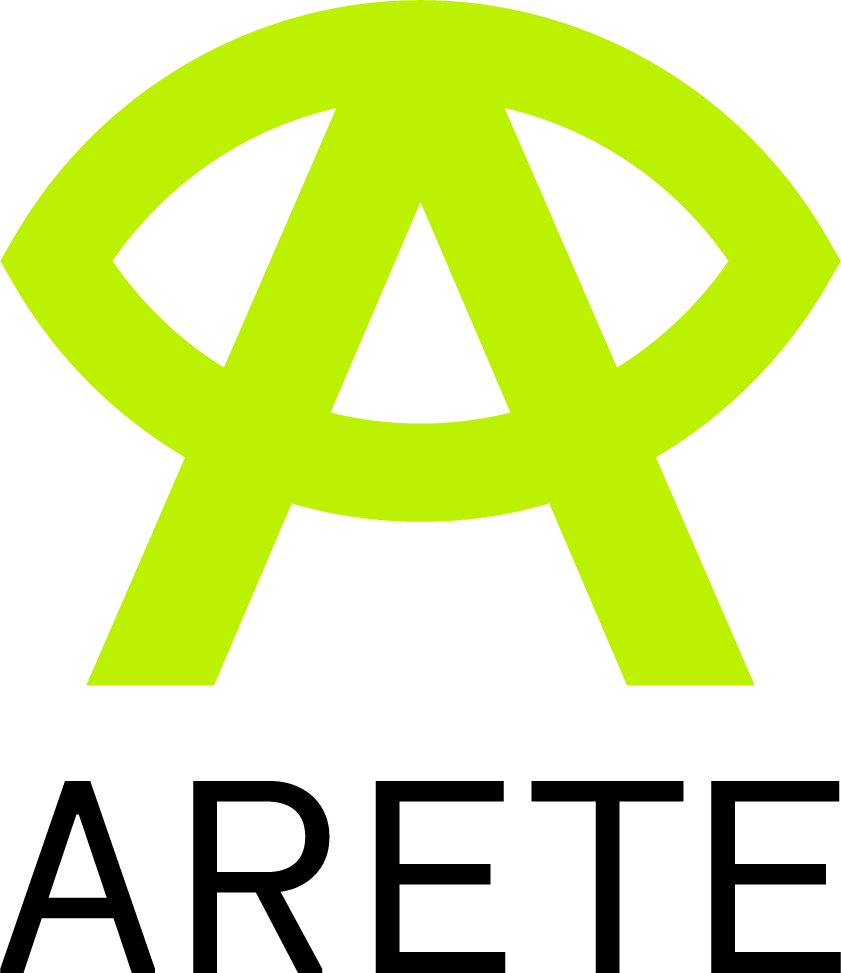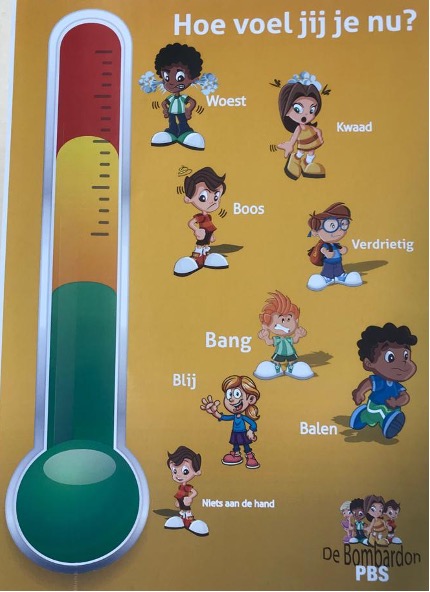Systematic Literature Review of the use of Augmented Reality for Literacy Intervention from a Clinical / Pedagogical perspective
WordsWorthLearning (WWL) conducted a Systematic Literature Review (SLR) to explore the most relevant Augmented Reality (AR) studies published from 2014 to 2020. We chose this period due to the exponential growth and advancement of AR during this time frame. We reviewed the papers from two specific perspectives: a) clinical /pedagogical and b) AR Technology, both with a focus on a Primary school cohort.
On completion of the SLR one astounding fact prevailed – there are few meaningful research articles relating to AR and Literacy difficulties in English for the ARETE Pilot 1 cohort published i.e. children aged from 9 to 12 years, who are of normal intelligence, attend English speaking schools and are underperforming on English literacy tasks.
Whereas the literature extolled the accepted multiple benefits of using AR for student with Special Educational Needs (SEN) in general, the articles also highlighted the shortcomings and made very useful practical recommendations to consider for future development. The main ones will be outlined later in the article. Of note only 2% of the research SEN cohorts reported were students with Dyslexia, while the three most commonly studied groups were those with Hearing Disabilities, Autism Spectrum Disorder and Intellectual Disability.
When the focus was on merging clinical/ pedagogical and technological perspectives for literacy interventions the main SLR revelations and recommendations related to the clinical/ pedagogical aspects are as follows:
- There are no specific ‘state of the art’ reviews of academic findings in the field of AR use for language – literacy learning available (Fan et al 2020, Parmaxi et al 2020). This finding makes it difficult to sketch an accurate picture of the issues and trends across this specific area of educational technology.
- There are currently no known available complete evidence based literacy products that offer AR as a feature. However it is stressed that technology should build on or be combined with evidence based literacy, proven interventions (Alqahtani 2020).
- Few EdTech products and CAI software available follow the ‘Science of Reading’ pedagogy, which emphasises the importance of explicit and systematic teaching of reading and spelling skills through emphasising phonemic awareness and phonics as the foundation for literacy development. This approach is proven to give students a clear learning advantage (Shanahan 2020).
- The provision of ‘scaffolding’ is essential to ensure that students receive maximum support and are positively reinforced (Awang 2019).
- The use of 3D models or animations and colour cues to emphasise word irregularities and rules are essential (Fan et al 2020).
- The ARCS model of motivational design (Attention, Relevance, Confidence & Satisfaction) should be considered, (Khan et al 2019).
- AR Flashcards should be utilised in learning App design as an effective educational tool (Chen et al 2019, Ibrahim et al 2018 & He 2014)
- Data collection: collection of the fullest data possible across domains, providing both qualitative and quantitive data and allowing time lapses between pre and post testing to accurately evaluate retention over time, (Fan et al 2020, Parmaxi et al 2020, Quintero et al 2019, Khan et al 2019). To use Control groups in AR studies is essential for accurate analysis of AR benefits.
- To develop AR educational tools that can be used in collaboration with students, parents and teachers, both at home and in school.
- To explore learning style differences vis-à-vis students use of AR technology (Fan et al 2020, Hsu 2019).
- To consider cognitive overload and what factors employed might prevent it (Paramaxi et al 2020).
The elements contained in the SLRs itemised above, involving the introduction of AR technological aspects, have been implemented in the Arete Project Pilot 1 App. Research data will be collected and analysed accordingly, hopefully with positive results for the Stakeholders going forward in their educational journey.
References:
1. Alqahtani S. (2020) Technology-based interventions for children with reading difficulties: a literature review from 2010 to 2020 Education Tech Research Dev (2020) 68:3495-3525. Association for Educational Communications and Technology 2020.
2. Awang, K., Shamsuddin, S., Ismail, I., Rawi, N.A. & Amin, M.A. (2019) The usability analysis of using augmented reality for linus students. Indonesian Journal of Electrical Engineering and Computer Science Vol. 13, No. 1, January 2019, pp. 58~64 ISSN: 2502-4752, DOI: 10.11591/ijeecs.v13.i1.pp58-64
3. Chen, R. W., & Chan, K. K. (2019). Using augmented reality flashcards to learn vocabulary in early childhood education. Journal of Educational Computing Research, 57(7), 1812–1831. https://doi.org/10.1177/0735633119854028
4. Fan, M. Antle, A.N. & Warren, J.L. (2020) Augmented reality for early Language Learning: A Systematic Review of Augmented reality Application Design, Instructional Strategies, and Evaluation Outcomes. Journal of Educational Computing Research 2020. Vol. 58(6) 1059-1100. Doi: 10.1177/0735633120927489
5. He, J., Zhu, G., Cai, S. & Chen, G. (2014) Mobile-Based AR Application Helps to Promote EFL Children's Vocabulary Study. 2014 IEEE International Conference on Advanced Learning Technologies. DOI 10.1109/ICALT.2014.129
6. Hsu, T. C. (2017). Learning English with augmented reality: Do learning styles matter? Computers & Education, 106, 137–149. https://doi.org/10.1016/j.compedu.2016.12.007
7. Ibrahim, A., Huynh, B., Downey, J., Höllerer, T., Chun, D., & O’donovan, J. (2018). Arbis pictus: A study of vocabulary learning with augmented reality. IEEE Transactions on Visualization and Computer Graphics, 24(11), 2867–2874. https://doi.org/10.1109/TVCG.2018.286856
8. Khan, T., Johnston, K., & Ophoff, J. (2019). The impact of an augmented reality application on learning motivation of students. Advances in Human-Computer Interaction, 2019, 1–14. https://doi.org/10.1155/2019/7208494
9. Parmaxi, A & Demetriou, A.A. (2020) Augmented reality in Language Learning: A state of the art review of 2014 -2019 J Comput Assist Learn. 2020;36: 861-875. https://doi.org/10.1111/jcal.12486
10. Quintero, J., Baldiris, S., Rubira, R., Cerón, J. & Velez, G. (2019) Augmented reality in Education Inclusion. A Systematic Review on the Last Decade. Front Psychol.2019;10:1835 doi: 10/3389/fpsyg.2019.01835
11. Shanahan T. (2020) What Constitutes a Science of Reading Instruction? International Literacy Association. Reading Research Quarterly 0(0) pp,1-13 doi10.1002/rrq.349
Rita Treacy, WordsWorthLearning Ltd.



